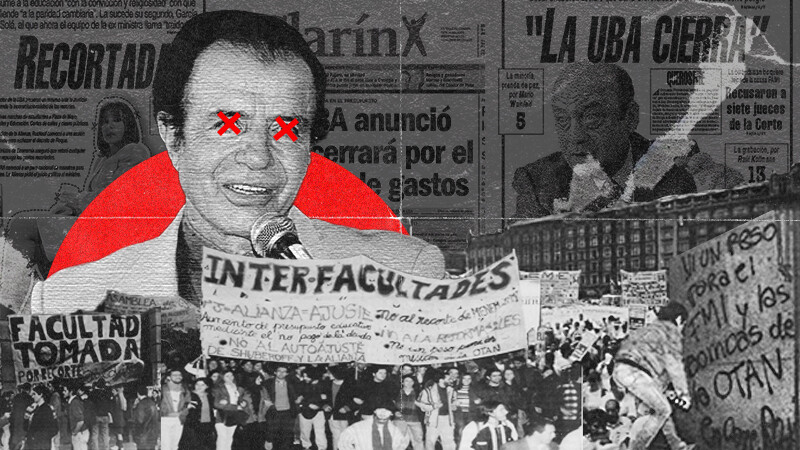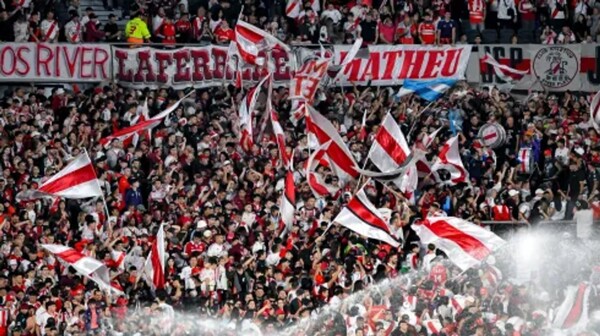
At some universities such as UNLu (San Miguel branch), Jujuy, and Mendoza, inter-faculty commissions have been formed in response to the bureaucratic leadership's refusal to concede. The crisis intensifies and Menem retreats. On Thursday the 6th, at the end of the fourth day of protest, the political crisis of the Government sharpens, with mobilizations also replicated in other cities. Student assemblies in Social Sciences and Philosophy and Letters challenge the bureaucratic leadership and the authorities.
On Friday, May 21, the Social Sciences assembly ousted the leadership of the Alliance. Due to the boycott by currents such as Venceremos-Patria Libre and MST, the national inter-faculty meeting could not be held. Despite the energetic discourse of FUA at the Federal March, the Federal March was the last action called. The days when the leadership of the student movement had to fight for leadership with independent and leftist students, and with the inter-faculty organization marked the nationalization of the conflict.
At least 22 blockades were counted that day, with student mobilization being a significant part. On Tuesday the 11th, a massive march to Plaza de Mayo took place with more than 30,000 people. The Gathering voted on a manifesto to develop a National Inter-faculty Network, despite the demobilization from the leadership.
The fight against budget cuts led to the emergence of the student movement in 1999. Bureaucratic leadership was challenged by student self-organization through public classes, occupations, and inter-faculty assemblies. The Delegates' Body was formed in Social Sciences with 30 delegates from different courses. On June 19, the first National Inter-faculty Meeting was held in Social Sciences with the attendance of about 600 students from various universities.
García Solá tried to appease the student protest by stating that there were no cuts in education. Public classes, assemblies, and occupations continued as part of student resistance. The student struggle remained relevant with the demand for an increase in the educational budget and resistance against imposed reforms.
The student movement achieved significant victories, such as the resignation of the Minister of Education, with mobilizations, public classes, and occupations in several strategic points of the universities. The Inter-faculty was consolidated as a space for student struggle independent of bureaucratic leadership. The debates and conclusions of this period have laid the groundwork for the student movement in later stages.














